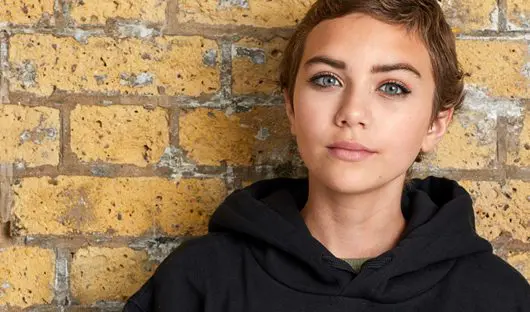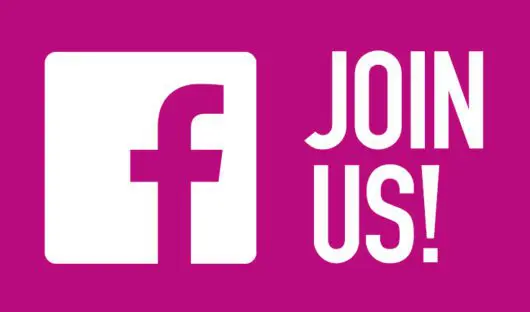Bone cancer symptoms, diagnosis and treatment
Primary bone cancer starts in one of the bones that make up your skeleton. If the cancer started elsewhere but spread to the bones, this is known as ‘secondary bone cancer’ or 'bone metastases'. This page is about primary bone cancer.
Types of bone cancer
There are a number of different types of bone cancers. However, the ones that are most common in young people and children are:
- Osteosarcoma, which can start in any bone, but it is most likely to occur in the knee, thigh bone, shin bone or upper arm
- Ewing sarcoma, which can also affect any bone, but it is most likely to occur in the thigh or shin bones, or pelvis. Ewing sarcoma can also develop in the soft tissue.
Who does it affect?
Bone cancers can happen at any age. However, some types are thought to be associated with the ‘growth spurts’ that occur from ten years of age, when bones are growing rapidly.
Osteosarcomas are more commonly diagnosed in teenagers and young adults, rather than younger children. Ewing sarcomas are more common in teenagers and young adults than any other age group.
What are the symptoms?
The symptoms of bone cancer will depend on the size of the cancer and where it is in the body. Some people experience pain around the area of the tumour or notice some swelling. If the cancer is near a joint, it may be difficult to move that part of your body. Occasionally, a bone that is weakened by bone cancer may break – but this is very rare.
These symptoms may also be linked to a number of different conditions, so it’s important to visit your GP and get checked out.
How is it diagnosed?
Bone cancer is usually diagnosed by specialists at a hospital or bone treatment centre. It might involve x-rays, a bone scan, a CT scan and an MRI scan to help the specialists find the location of the cancer and how much it has spread.
They will also need to take a sample of bone (a biopsy) to examine under a microscope. This is usually done by a surgeon who specialises in bone tumours, so that might mean going to another hospital.
How is it treated?
The most common types of treatment for bone cancers are surgery, chemotherapy and radiotherapy.
Surgery involves having an operation to remove the tumour from the bone. This is usually done by an orthopaedic surgeon who specialises in tumours. Your specialist will discuss everything with you beforehand. They will try to use ‘limb-sparing surgery’, if possible. This means that they will replace the part of the bone that has been removed with a specially made metal bone (or joint) called a prosthesis or with bone from another part of the body.
Chemotherapy targets the cancer cells with anti-cancer drugs. It is an important part of the treatment for both osteosarcomas and Ewing sarcomas. It may be given before surgery or radiotherapy to shrink the size of the tumour and make it easier to remove. It may also be given afterwards to destroy any remaining cancer cells.
Radiotherapy is often used for Ewing sarcomas and other bone cancers that are not able to be removed by surgery. This treatment will usually be given in the radiotherapy department of a hospital over the course of a few weeks.
For certain types of bone tumours, your specialist may recommend a specialised form of radiotherapy called proton beam therapy.
What happens after treatment?
You will need to regularly visit an outpatient clinic. At this clinic, the specialist will be looking for any signs that the cancer has returned. They will also check that major organs haven’t been affected by treatment.
Many people are at low risk of future health problems but some will have significant ongoing health needs. Talk to your specialist about the potential long-term side effects of your treatment.
If you have a prosthesis (a metal bone or joint) – or your child does – it is important to keep an eye out for any signs of infection, like pain or fever. Talk to a specialist as soon as possible if you think your prosthesis may be infected.
You might also want to look at
My child has cancer
If you're a parent or carer of a child diagnosed with cancer, get the right help and advice for us to support you.
My child has cancer
I have cancer
Your go-to place for everything you might need when you've been diagnosed with cancer.
I have cancer
Join our Facebook groups
Meet others with similar experiences, share your views and have your voice heard.
Join our Facebook groups